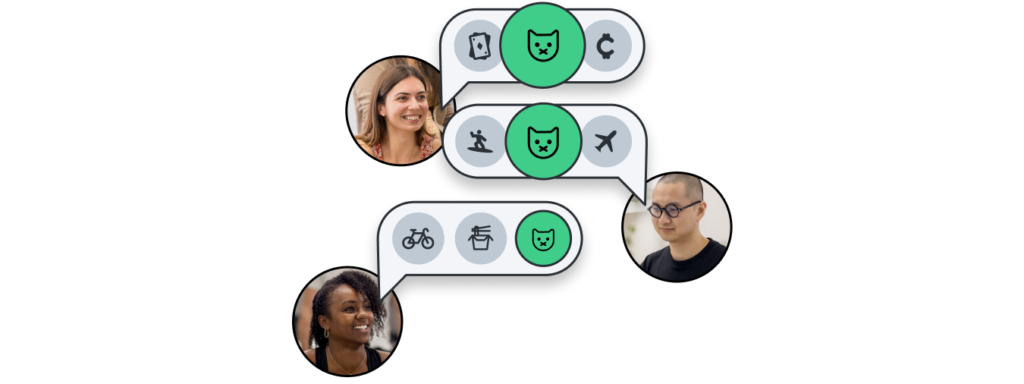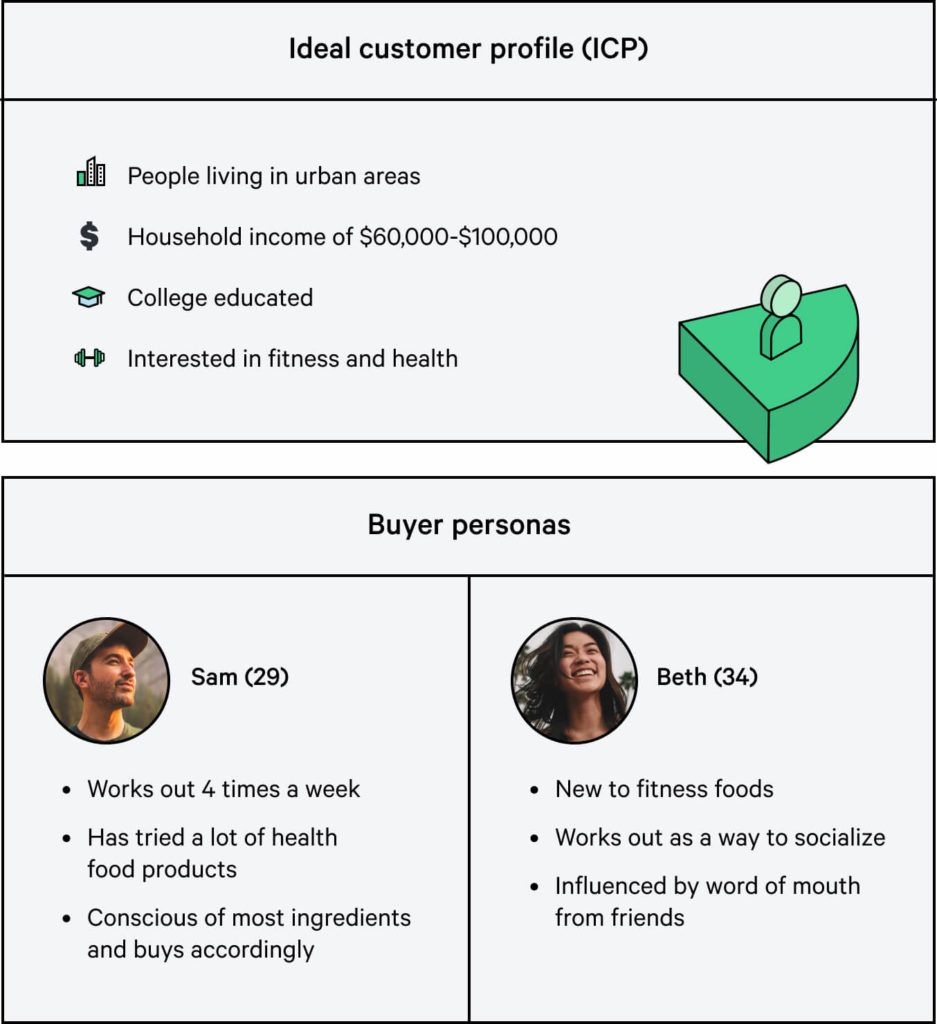Knowing who your existing and future customers are helps drive company direction and unlock new sources of growth.
- 01What is consumer profiling? An Introduction
- 02Business problems that consumer profiling can solve
- 03Example survey questions
- 04The consumer profiling survey template and example results
- 05What can happen if you don’t run consumer profiling?
- 06How to get started with consumer profiling for your brand
- 07Who should I send my consumer profiling survey(s) to?
- 08How to implement your consumer profiling insights
- 09How top brands have used consumer profiling
What is consumer profiling? An Introduction
Consumer profiling is when you create a data-led profile of your organization’s ideal customers. The profile will present details about certain demographics, customers’ likes, dislikes, plus their purchasing habits.
Do you know who your customers are? Like, really know them?
Do you know where they shop, what they think and how they feel? And do you know the nuances between how different customer segments fit into categories like these?
No?
Guess what—consumer profiling is what you need!
Consumer profiling is often the first step brands need to take in their research journeys to help understand their ideal customer profile (ICP).
Learning about how your customers think, act and buy is crucial, not only to create things like an actual customer profile or persona, but it’s also the natural first step before carrying out other types of research.
For example, you might want to run some new product development research. But who are you going to send your research to? To make sure you get the most valuable insights, you need to ask the right group of people the right set of questions. To find out who the right people are, you’ll probably need to run some consumer profiling research.
Here’s our lowdown of the four essential types of consumer profiling that you should know about.
Consumer vs customer profiling: what’s the difference?
Consumer and customer are used fairly interchangeably to refer to the broader topic of consumer profiling.
In some cases, customer profiling refers more specifically to profiling research into a brand’s actual current or potential customers. While consumer profiling can refer more broadly to profiling research into a wider range of consumers (who you may not currently consider to be potential customers).
Consumer profiling vs customer segmentation
Customer segmentation is the process of grouping current and potential customers based on things like attitudes, behaviors or demographics.
You might carry out customer segmentation before you create your actual customer profile. Segmentation helps you look at the potentially massive group of consumers you’re thinking about and see more easily digestible groups to analyze.
What types of consumer profiling strategies are there?
There are a few ways to approach customer profiling. Here are some of the main types:
1. Demographic profiling
This is what a lot of people imagine when they think about consumer profiling. It’s where you’ll find some of the standard profiling categories, like age, gender, income, marital status, education level and so on.
The great thing is that there’s so much more you can overlay on top of this to deepen your understanding. After all, you don’t act or think in the same way as everyone who shares your birthday, for example. A consumer profiling template can help you understand these nuances.

2. Geographic profiling
This is another pretty straightforward type of customer profiling. Gaining an understanding of your customers’ location, right down to detailed city and town analysis, can help you target different regional groups effectively.

3. Psychographic profiling
When painting a picture of your target audience, psychographic profiling helps to understand things like their habits, hobbies, interests and life goals.
Psychographic profiling can be super helpful for finding out the types of content and communication that resonate with your audience, or how attractive your offering would be to them.

4. Behavioural profiling
Understanding your customers’ behaviour throughout their buyer journeys is crucial to giving them what they really need. You can analyse things like purchasing and engagement patterns.
It’s particularly useful for informing you about customers’ likelihood to churn, or even to spend more on your product or service.

Is a customer profile the same as a persona?
Not quite.
Customer profiles usually focus on what defines an ideal customer for your brand. They pinpoint the characteristics your business should plan to target.
Personas—you’ll often hear these referred to as buyer personas—add more personalization to the profiles. For personas brands often create fictionalized characters that represent specific aspects of the customer profile, and they can get super specific and creative. It’s even common for brands to give their buyer personas names, to really help teams visualize and understand who they’re creating for.
Here’s an example of an ICP and buyer personas for a fitness food brand…

The Consumer Research Academy is brought to you by the Customer Research Team—our in-house research experts. Any research questions? Email or chat with the team.